While Brazil and the Caribbean might get all the beach buzz, Argentina’s coastline holds some surprising sandy secrets. From hidden coves to bustling beach towns, these spots offer unique coastal experiences without the tourist crowds you’ll find at better-known destinations.
Ready to discover some amazing beaches that most tourists don’t know about? Let’s explore these hidden gems where the water’s fine and the locals still outnumber the visitors.
Las Grutas
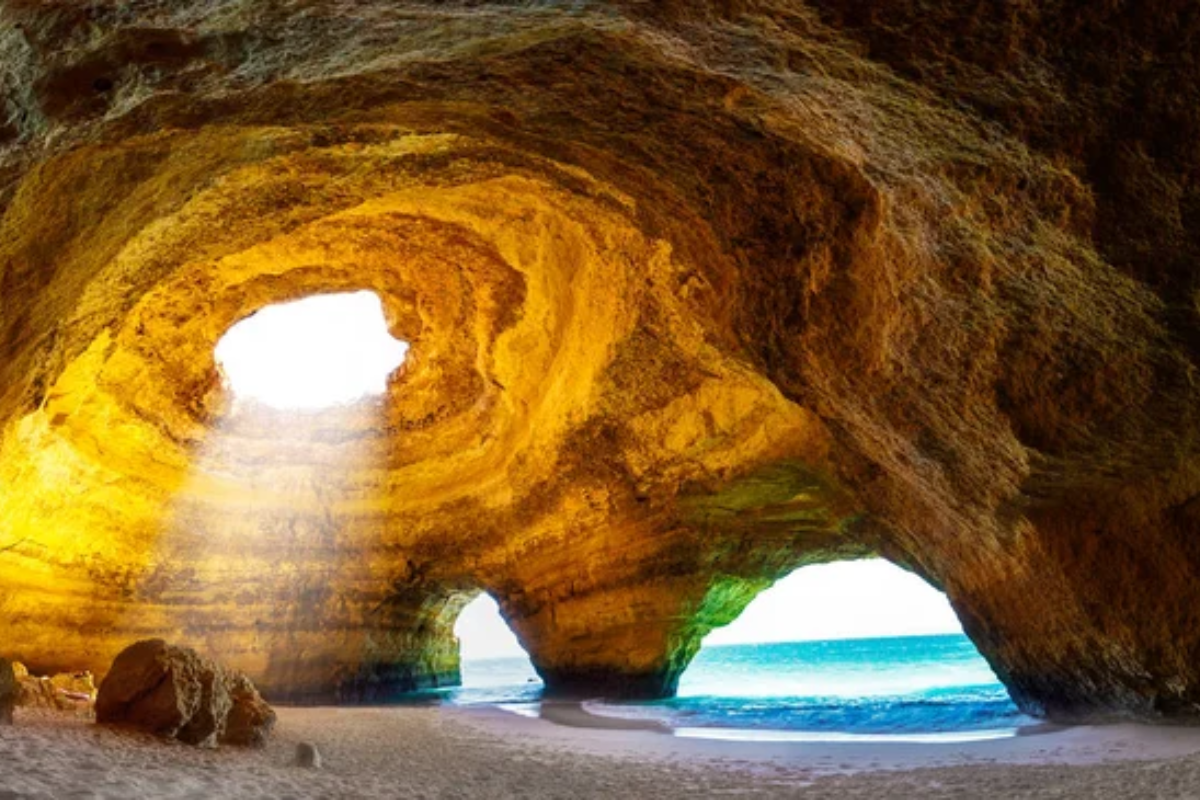
This tiny town’s curved bay creates natural pools warmed by the sun, making it perfect for swimming even when other Argentine beaches feel chilly. The unique rock formations create natural tunnels and caves that you can explore during low tide.
Local fishermen still bring in fresh catches every morning, and the beachfront restaurants cook whatever came in that day. The town got its name from the small caves dotting the coastline, which provide perfect spots for afternoon picnics away from the sun.
Mar de las Pampas
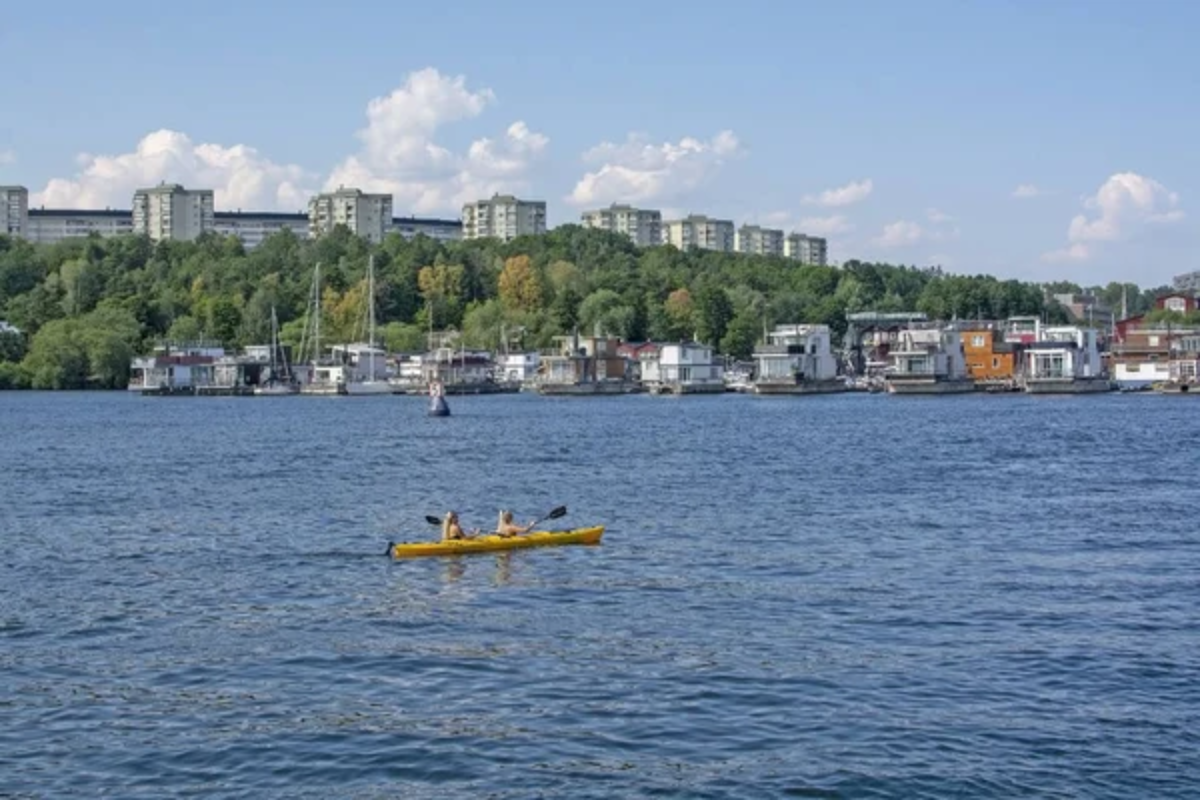
Hidden behind dunes and pine forests, this car-free town feels more like a fairy tale than a beach destination. Wooden boardwalks wind through the trees to protect the natural dunes, while local laws keep buildings low and lights dim to preserve the natural environment.
The beach stretches for miles without any high-rises blocking the view, and you might spot wild horses running along the shore at sunset. Locals love telling visitors about how the town started as an experiment in sustainable tourism back in the 1970s, and they’ve stuck to those principles ever since.
Like Travel Pug’s content? Follow us on MSN.
Mar del Plata
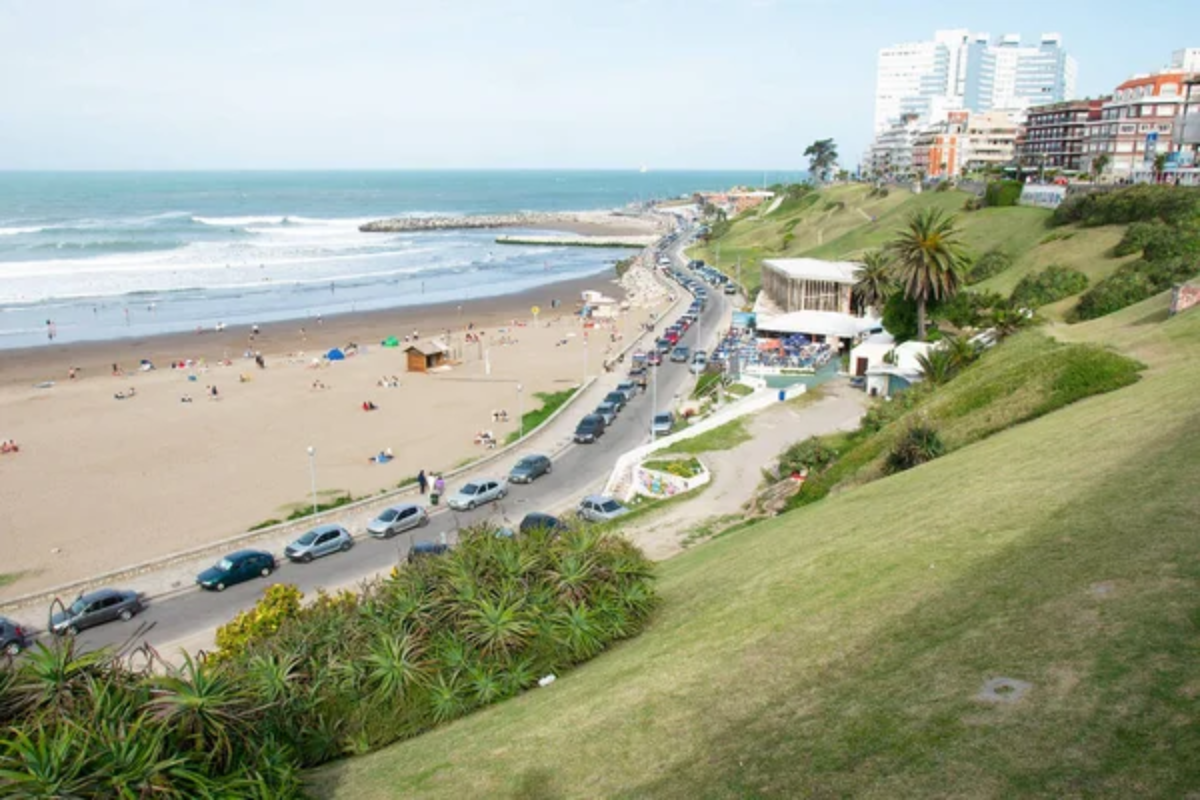
Often called the ‘Argentine Riviera,’ this city beach manages to keep its local charm despite being the country’s biggest beach resort. The historic port area still functions as a working fishing harbor, where you can watch boats bring in fresh catches every morning, just like they have for the past century.
The city’s famous sea lion colony has made itself at home on the old pier, becoming unofficial mascots that pose for photos with delighted visitors. The beach clubs here use the same colorful striped tents they’ve had since the 1950s, creating perfect photo opportunities and shade for beach naps.
Villa Gesell
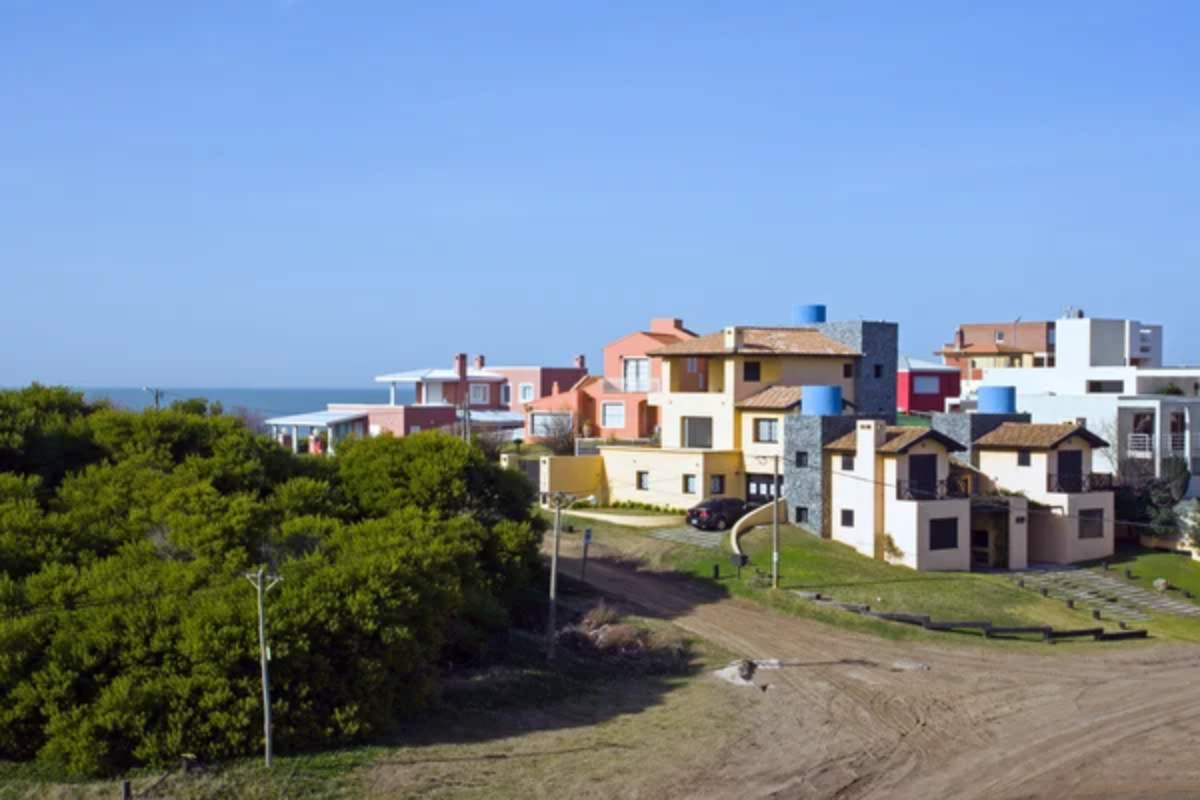
This former desert-turned-beach paradise started when a visionary planted trees to hold back the dunes in the 1930s. The town’s wooden boardwalk stretches for miles, designed to protect the dunes while giving visitors perfect sunset viewing spots.
Local artists set up workshops in converted fishing shacks, creating a unique cultural scene right on the beach. The town still enforces strict building codes to maintain its low-key vibe, and you won’t find any buildings taller than the original pine trees.
Surf schools here claim their waves are perfect for beginners because of the unique sandbar formations.
Pinamar
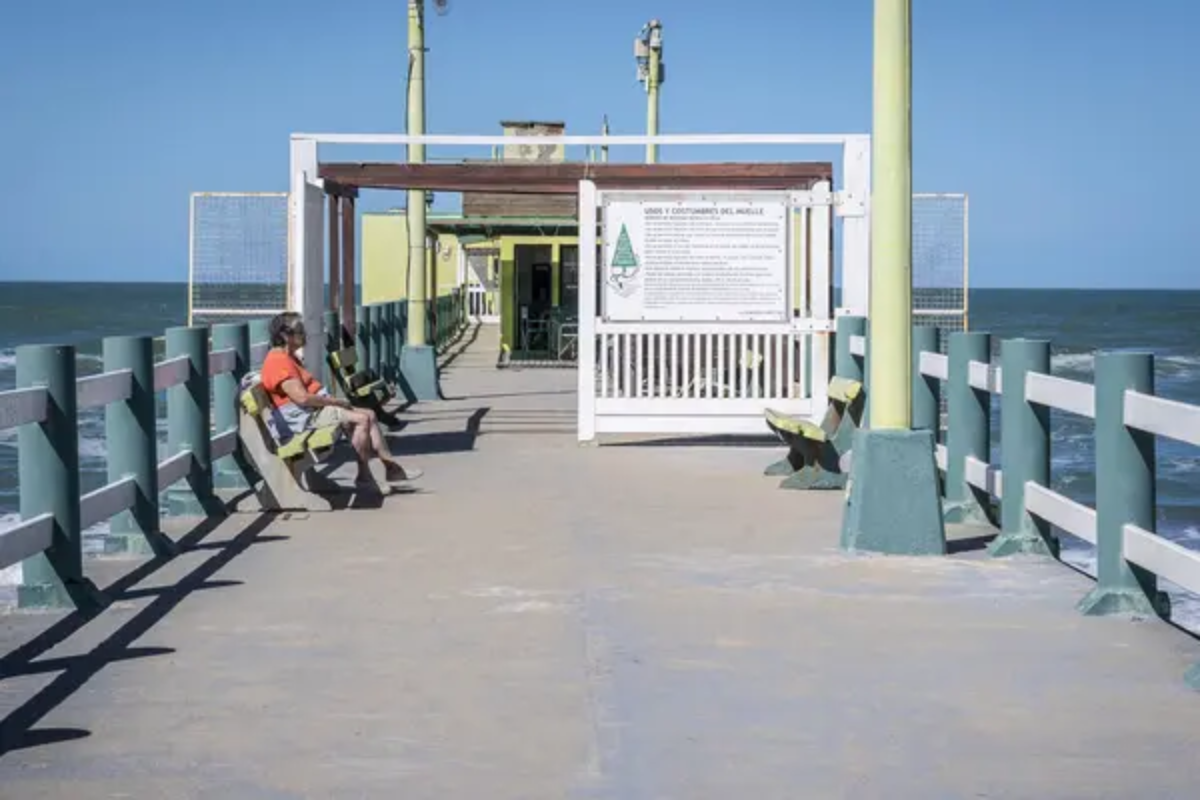
Known for its carefully planned forest-meets-beach design, Pinamar proves that beaches don’t have to be tropical to be beautiful. The town’s architecture blends into the pine forests that protect it from winter winds, creating cozy spaces even during the off-season.
Local guides offer ‘forest-to-beach’ walking tours that explain how the town transformed barren dunes into a green oasis. The beach clubs here maintain their old-world charm with traditional striped umbrellas and wooden chairs that have barely changed since the 1950s.
You might spot wild deer coming out of the forest at dawn to visit the beach.
Like Travel Pug’s content? Follow us on MSN.
Necochea
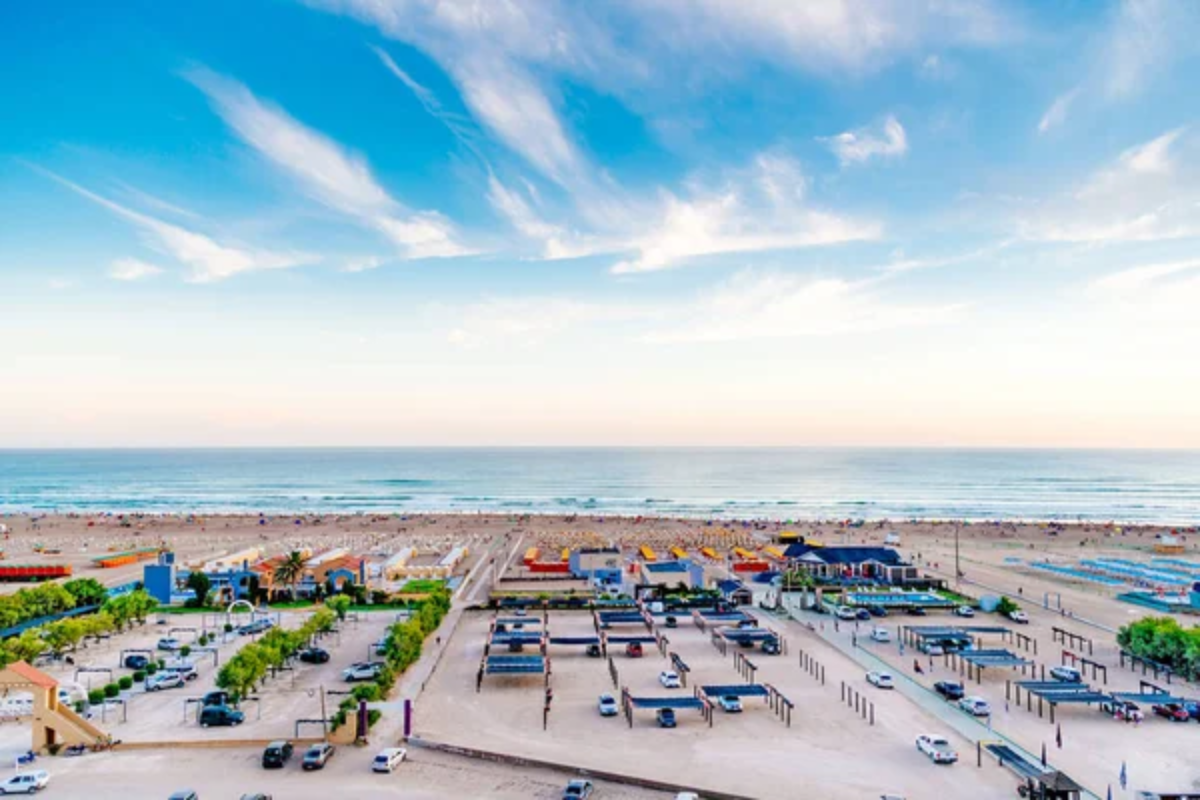
This working port town offers some of the widest beaches in Argentina, with enough room that you’ll never feel crowded, even in peak season. The famous lighthouse still guides ships just as it has since 1894, and visitors can climb to the top for panoramic coast views.
Locals gather every evening at the pier to applaud the sunset, a tradition that started decades ago and never stopped. The town’s river mouth creates unique surfing conditions that attract wave riders from across South America.
The eucalyptus forest behind the beach provides perfect shelter for afternoon asados (barbecues) that often last until sunset.
San Bernardo
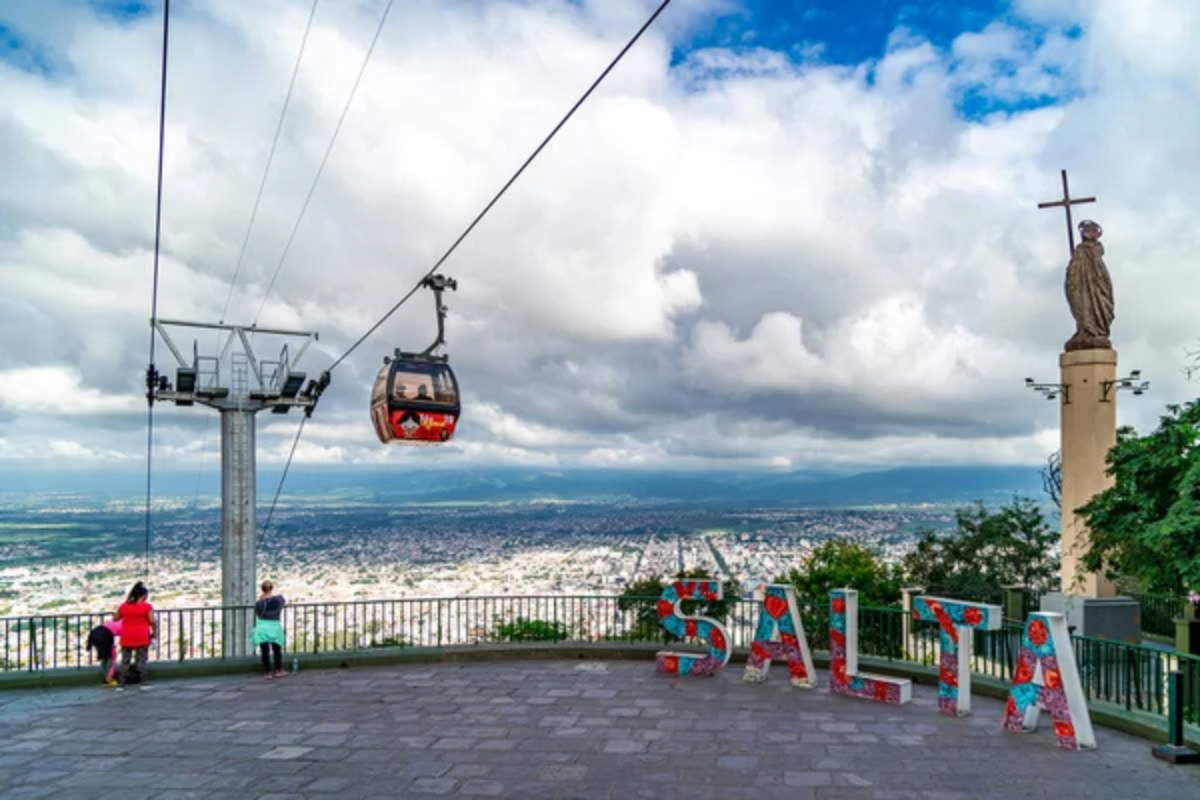
Famous for its gentle slopes into the Atlantic, this family-friendly beach town makes swimming accessible for everyone. The beachfront promenade comes alive at night with local musicians playing folk music that echoes off the dunes.
Traditional tea houses serving mate and pastries have operated in the same spots for generations, becoming unofficial town landmarks. Fishermen still launch their small boats directly from the beach every morning, selling their catch right on the sand.
The town’s famous sand castle competition each February brings sculptors from across South America.
Santa Clara del Mar
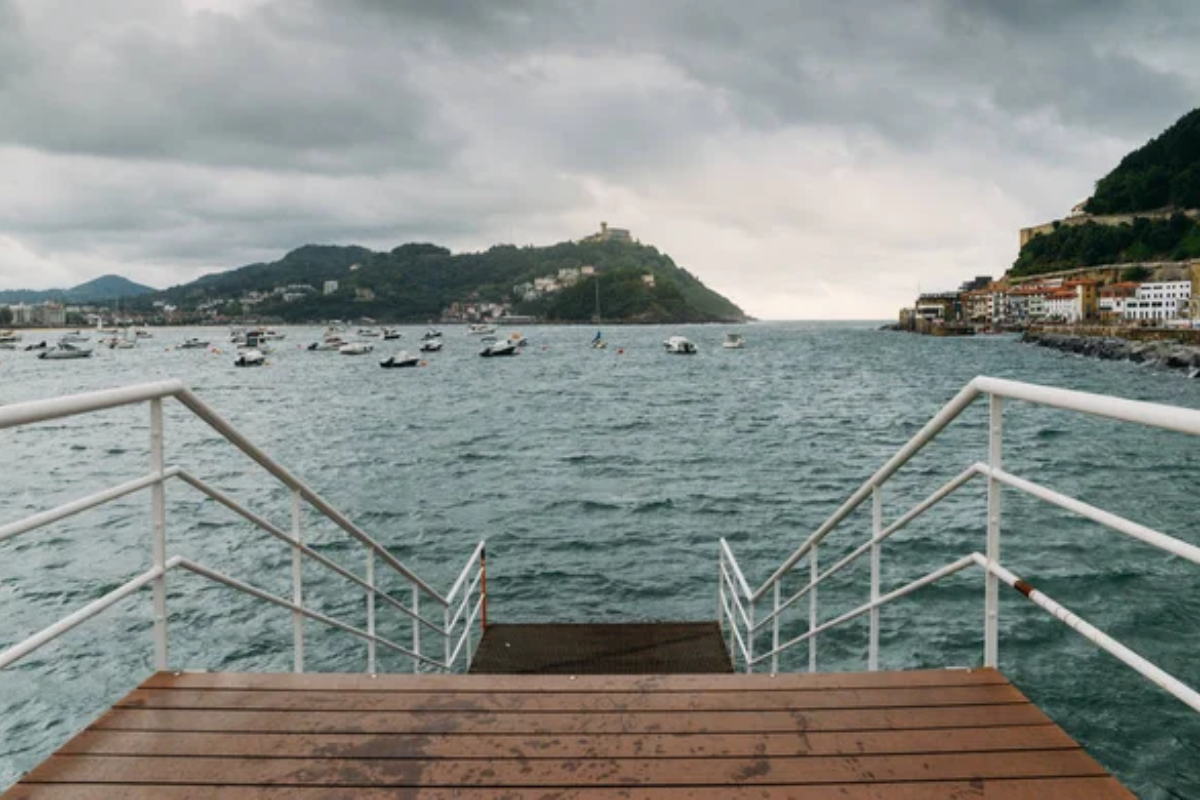
This quiet town sits on cliffs overlooking pristine beaches, offering views that rival Mediterranean coastal villages. The local fishing cooperative runs boat tours that often encounter dolphins playing in the wake.
Residents maintain beautiful flower gardens along the cliff walks, creating natural frames for ocean photos. The town’s famous stone steps to the beach were carved by the original settlers over a century ago.
Historical plaques along the waterfront tell stories of shipwrecks and rescues from the days before modern navigation.
Like Travel Pug’s content? Follow us on MSN.
Valeria del Mar
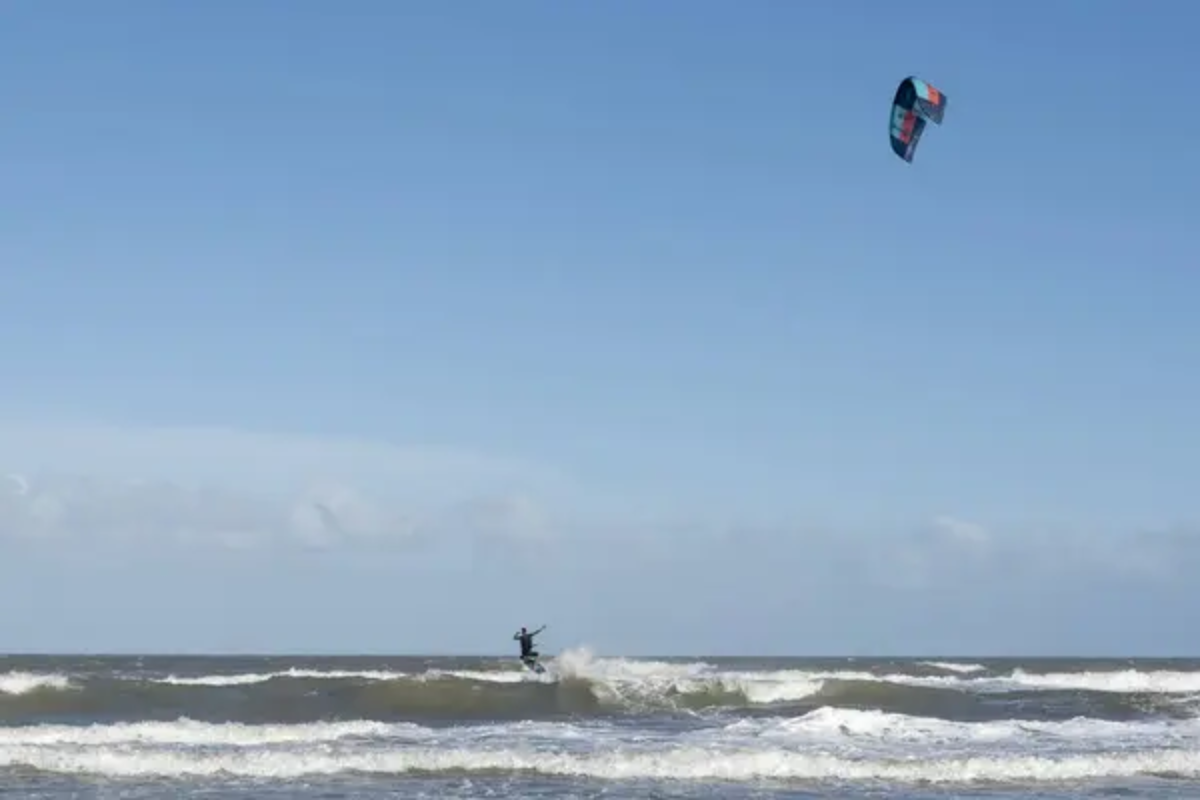
Hidden between its more famous neighbors, this peaceful town offers some of the best bird watching along the coast. The protected dunes host rare species of coastal plants that bloom in brilliant colors during spring and summer.
Local rangers lead moonlight beach walks to spot nocturnal wildlife and tell stories about the area’s history. The town’s famous ‘green belt’ of pine forests provides natural air conditioning during hot summer days.
Residents still maintain the original wooden boardwalks that protect the dune grass.
Monte Hermoso
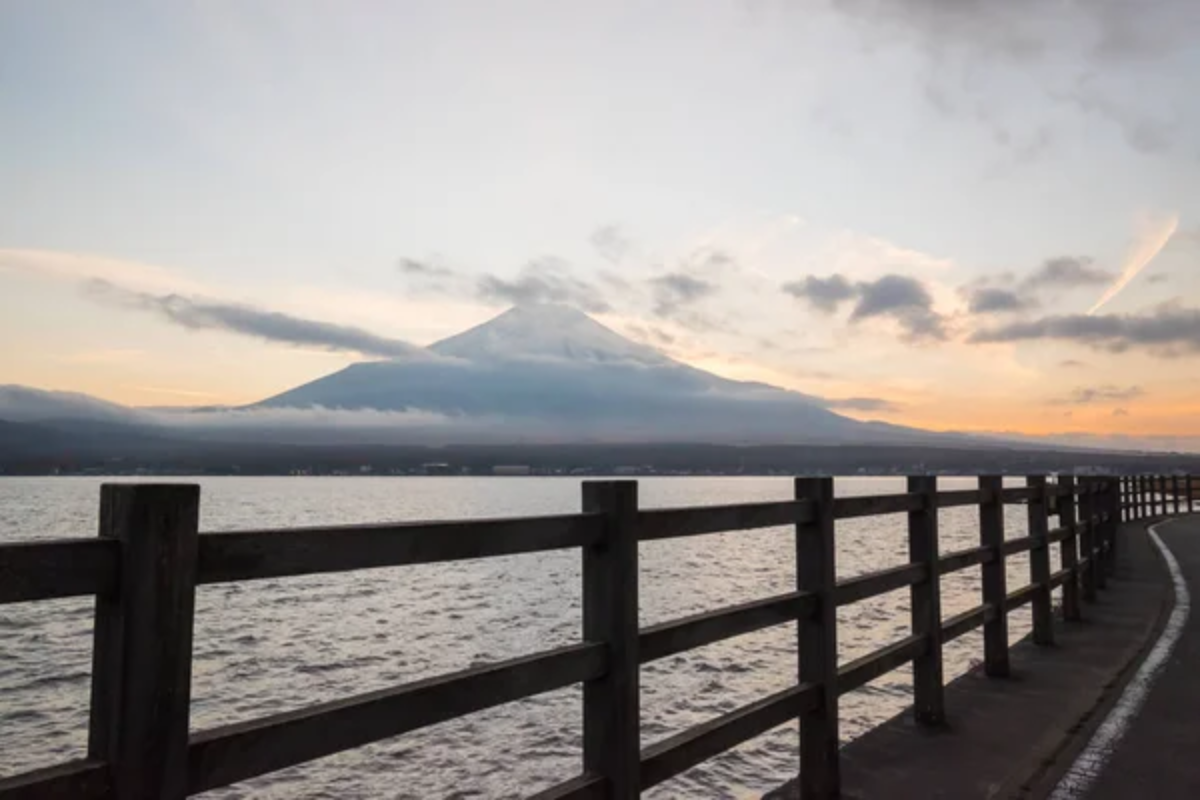
Unique geography makes this the only beach town in Argentina where you can watch both sunrise and sunset over the water. The warm currents here keep water temperatures pleasant even when other beaches turn chilly.
Local guides offer horseback rides along the shore to spot fossilized footprints from ancient animals preserved on the rocky coast. The town’s position creates perfect conditions for windsurfing almost year-round.
The famous ‘blue hour’ here lasts longer than usual due to the beach’s particular orientation.
Mar de Ajó
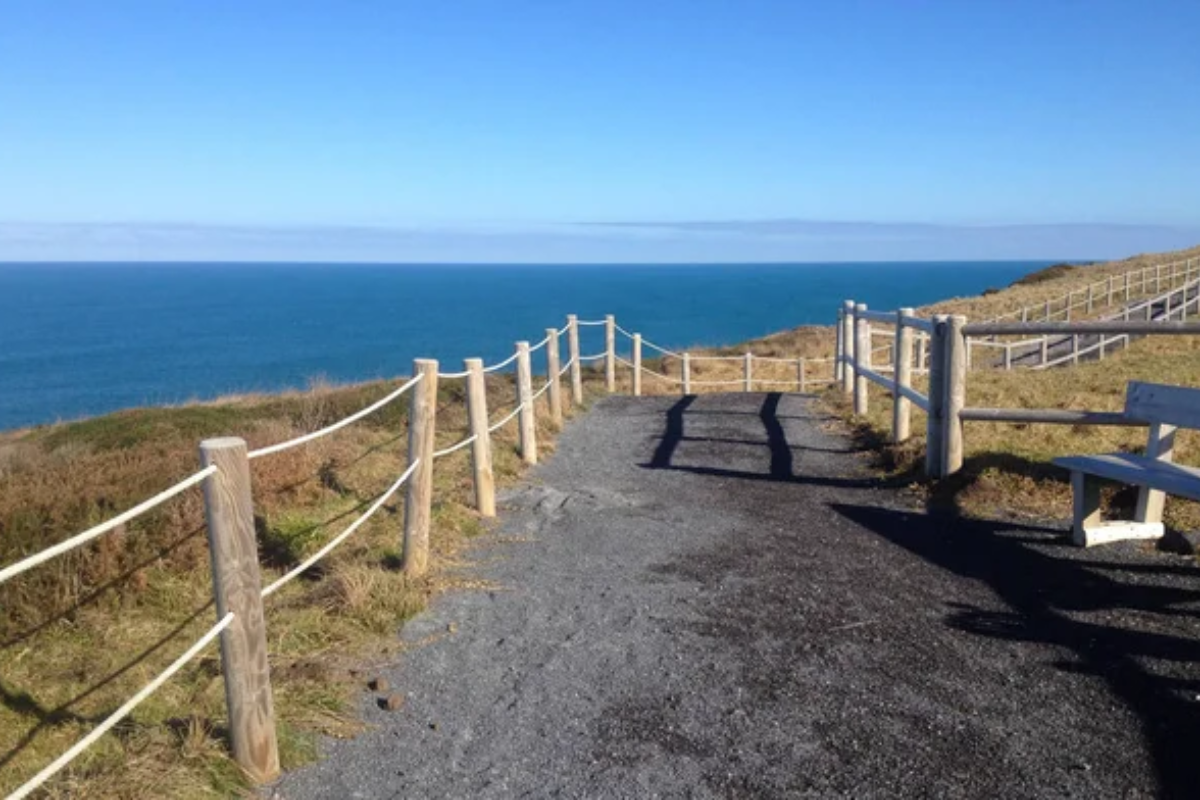
This friendly town boasts some of the darkest night skies along the coast, making it perfect for stargazing right from the beach. The local astronomy club sets up telescopes on the beach during summer nights and teaches visitors about the southern constellations.
Traditional wooden vacation homes from the 1940s still line the back streets, maintained in their original style. The town’s famous pier stretches far enough into the ocean that fishermen catch deep-water species right from its end.
Local legends tell of hidden treasures buried in the dunes by pirates centuries ago.
Like Travel Pug’s content? Follow us on MSN.
Quequén

This historic port town offers a unique mix of working harbor and pristine beaches that few places can match. The famous grain elevators create a dramatic backdrop for beach photos that look more like modern art than industrial architecture.
Local cafes serve fresh pastries made from recipes brought by Italian immigrants generations ago. The meeting point of river and ocean creates fascinating swirling patterns in the water that change with each tide.
The town’s maritime museum houses artifacts from shipwrecks spanning three centuries.
San Clemente del Tuyú
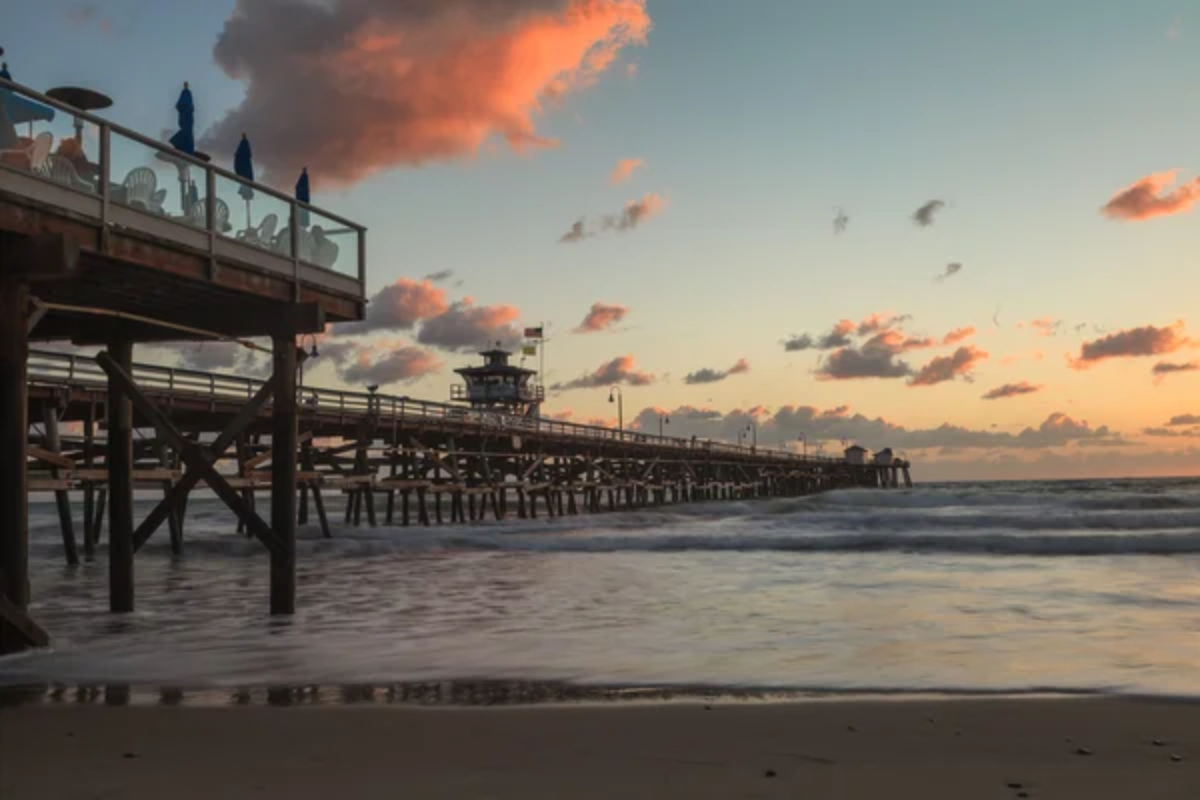
Home to Argentina’s first oceanarium, this town combines beach life with marine education and conservation. The protected wetlands behind the beach host flamingos and other exotic birds year-round.
Local kayak guides lead tours through peaceful lagoons where you might spot sea turtles coming up for air. The town maintains its original dirt roads in the historic center, keeping the peaceful atmosphere of an old fishing village.
Traditional rope makers still practice their craft using techniques passed down through generations.
Ostende
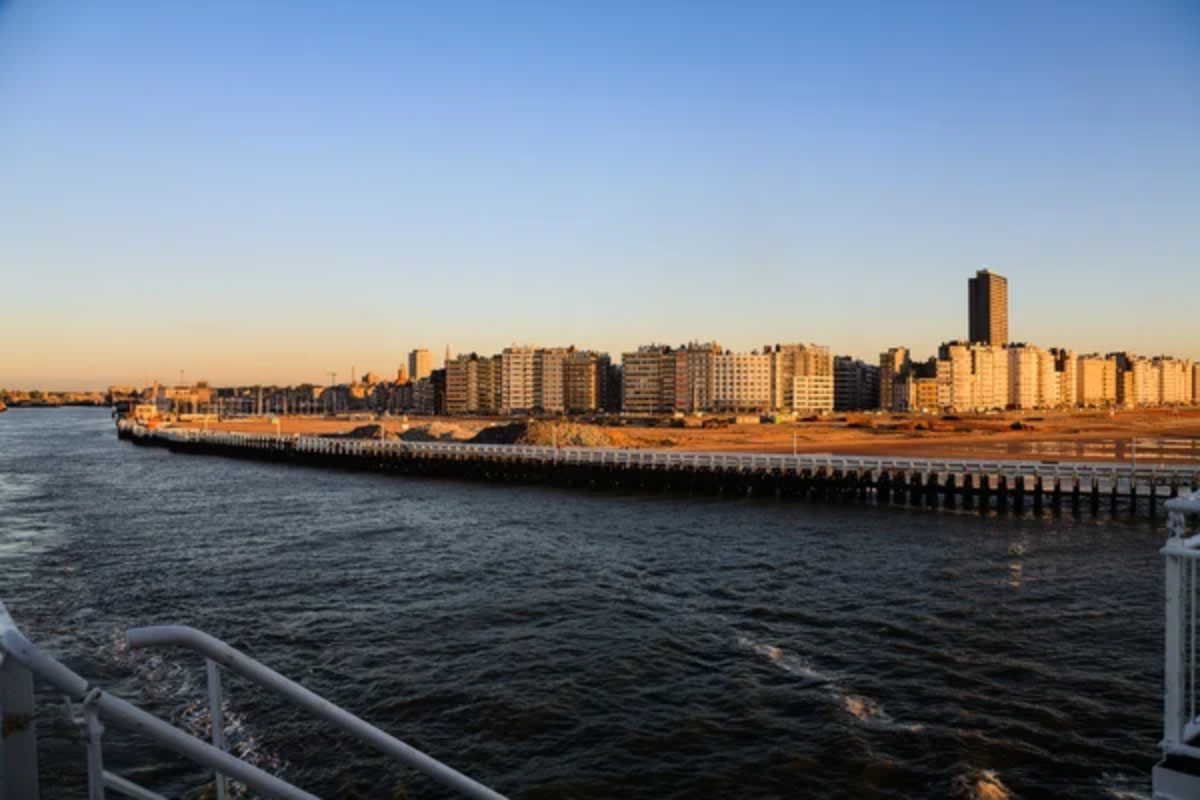
Founded by Belgian immigrants who dreamed of creating a European-style resort, this town maintains its unique architectural heritage. The beach houses here follow strict design guidelines that preserve the town’s original character from the early 1900s.
Local history enthusiasts offer walking tours pointing out buildings that survived the great storm of 1940. The town’s famous tea houses serve Belgian waffles made from original family recipes.
You can still find street signs in both Spanish and French throughout the historic district.
Like Travel Pug’s content? Follow us on MSN.
Mar Azul
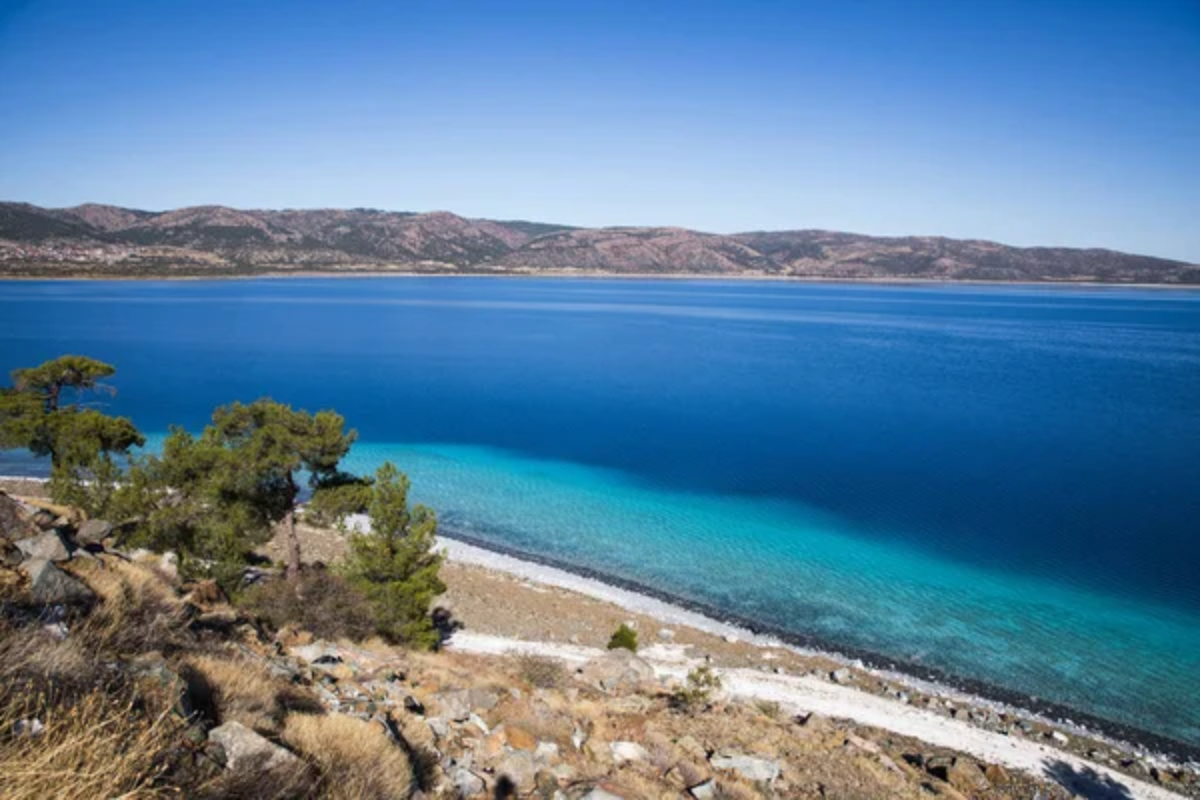
This eco-conscious beach town requires all buildings to be constructed using local materials and traditional methods. The natural forest paths leading to the beach remain unpaved to protect the ecosystem and local wildlife.
Resident artists create sculptures from driftwood that dot the coastline, changing position with each storm. The town’s name comes from the unusually blue color of the water caused by local mineral deposits.
All the street lights use soft yellow bulbs to protect nesting seabirds and prevent light pollution.
Nueva Atlantis

Named with optimism by its founders, this young beach town focuses on preserving its natural dunes and wetlands. The local surf school teaches students about ocean conservation alongside riding waves.
Residents have created a community garden where visitors can learn about coastal plants and help tend the plots. The town’s position creates perfect conditions for paragliding, and instructors offer tandem flights year-round.
Local artists have painted murals throughout town depicting the area’s marine life.
Cariló
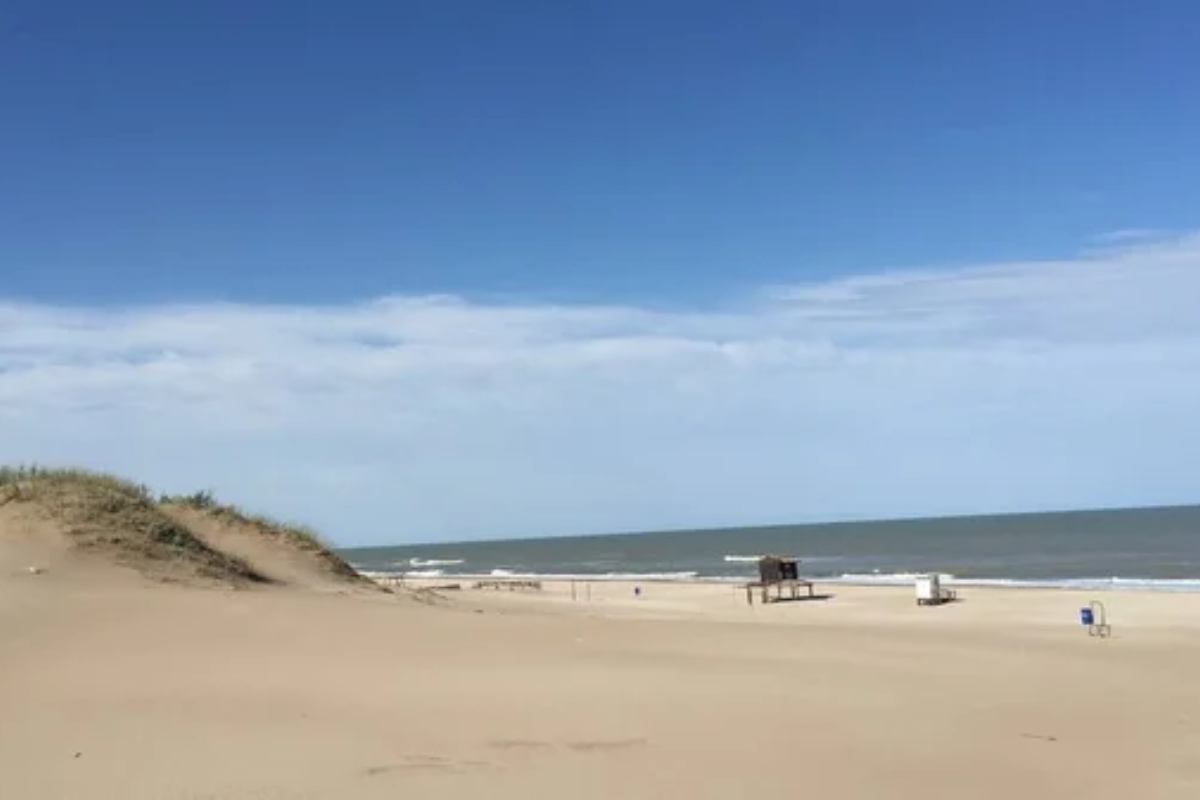
This upscale forest-beach town requires houses to be built around existing trees rather than removing them. The natural canopy of pine and eucalyptus trees creates a unique microclimate that stays cool even during summer heat waves.
Local rangers maintain marked trails through the forest that tell the story of how the town transformed desert dunes into woodland. The town’s name comes from the indigenous word for ‘green dune,’ reflecting its unusual ecosystem.
Beach access points are carefully designed to prevent erosion while providing beautiful photo opportunities.
Like Travel Pug’s content? Follow us on MSN.
Miramar
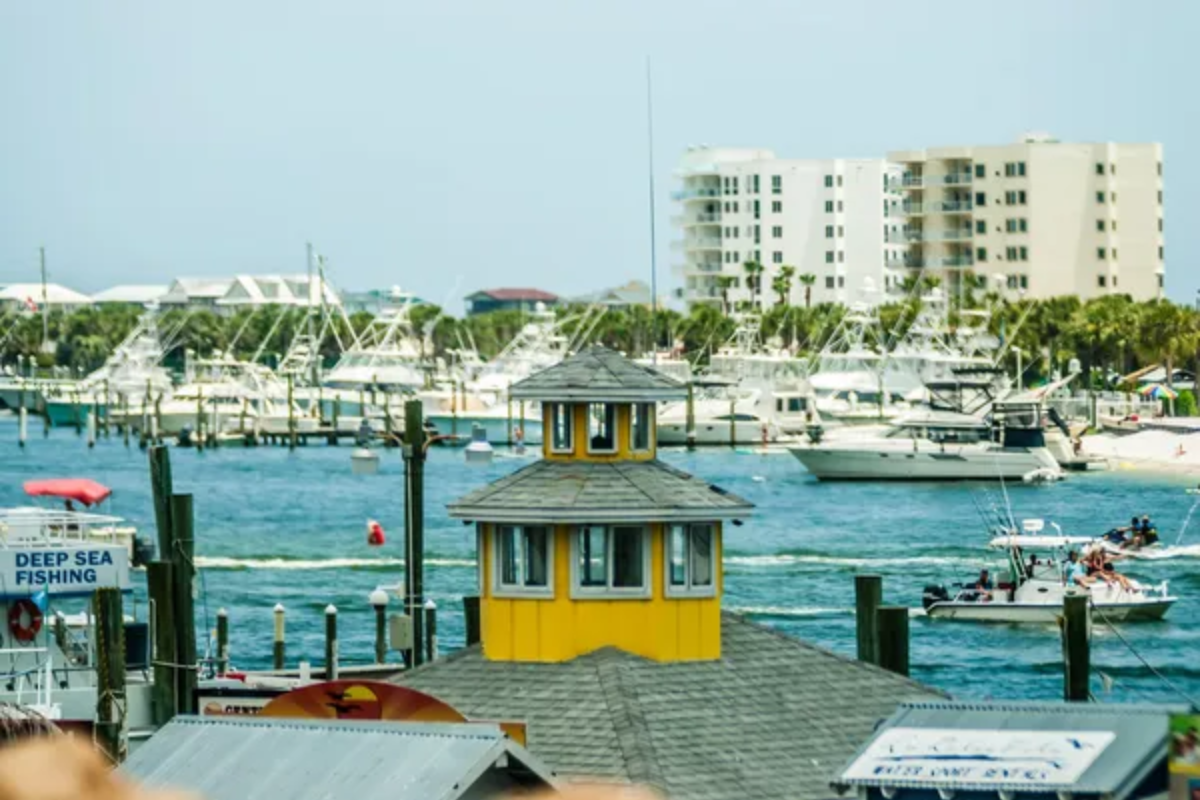
Known for its fossil-rich cliffs, this scientific treasure trove doubles as a beautiful beach destination. Local museums display finds from the cliffs that tell stories of ancient South American mammals.
The town’s famous green pier uses special materials that allow small fish to shelter underneath. Professional fossil hunters offer guided tours and teach visitors how to spot ancient remains in the rocks.
The unique curve of the bay creates perfect conditions for learning to sail.
Pehuén Co
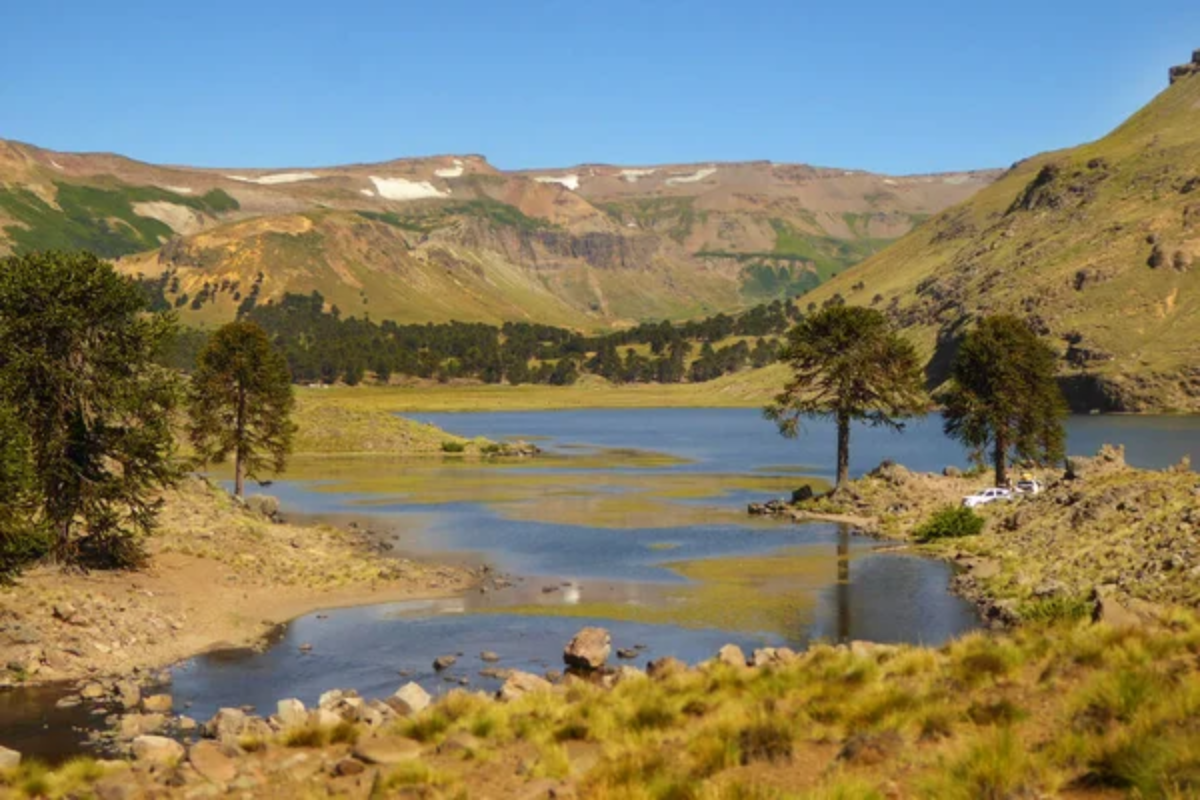
This tiny town sits next to a petrified forest where you can see ancient tree trunks preserved in stone. The beach contains dinosaur footprints that become visible during extremely low tides.
Local guides know exactly when and where to look for the prehistoric traces, sharing their knowledge with excited visitors. The town has refused to pave its streets, maintaining the natural sandy paths between houses.
The surrounding grasslands host wild horses that sometimes visit the beach at dawn.
Santa Teresita
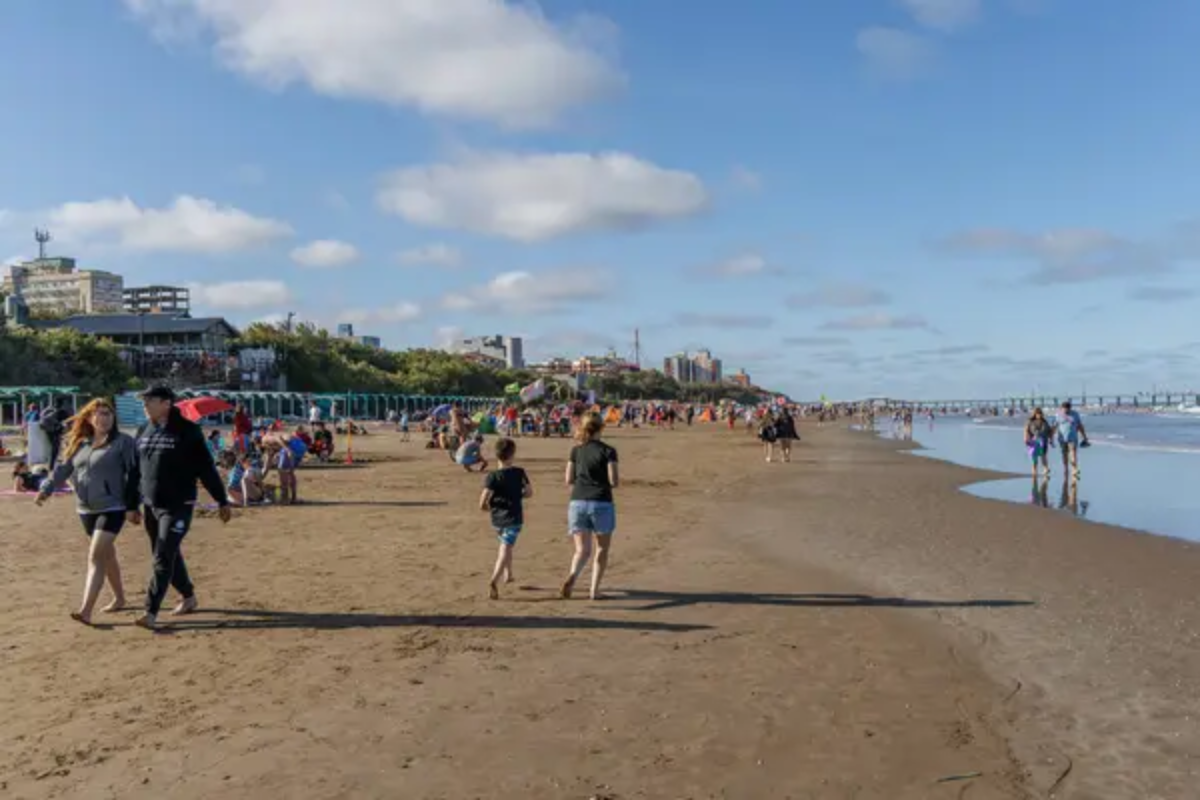
Famous for its gentle slope into the ocean, this family-friendly town makes the beach accessible for everyone. The local fishing cooperative maintains traditional wooden boats that launch directly from the beach every morning.
Beachfront restaurants serve fish so fresh it was swimming hours earlier. The town’s famous boardwalk was built using reclaimed wood from old fishing boats.
Traditional kite makers still hand-craft their wares in beachfront workshops that welcome visitors.
Like Travel Pug’s content? Follow us on MSN.
Beyond the Horizon
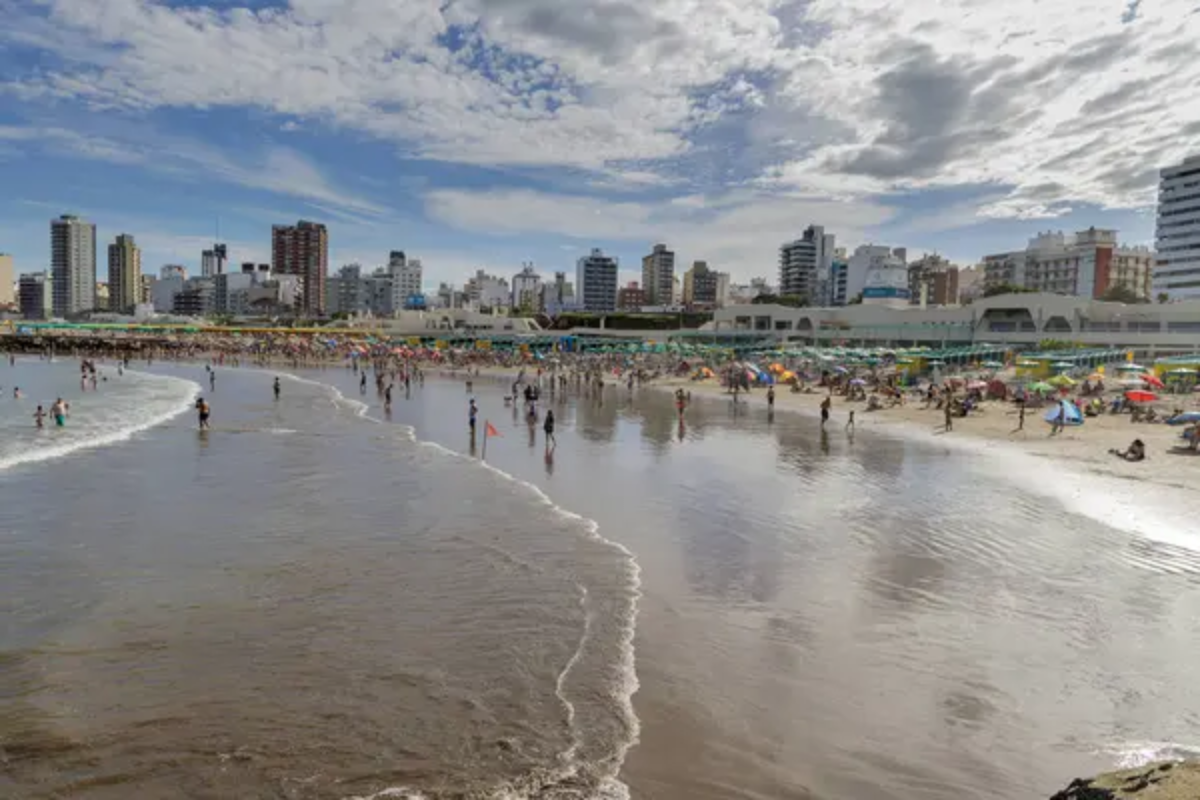
These Argentine beach towns prove that you don’t need palm trees or tropical waters to create coastal magic. Each place tells its own story through the people who call it home, the traditions they maintain, and the natural wonders they protect.
While they might not have the Caribbean’s warm waters, they offer something equally valuable: authentic coastal experiences shaped by generations of Argentine beach culture. These hidden gems remind us that sometimes the best beach destinations are the ones that don’t make the tourist brochures.
They’ve maintained their character by staying true to their roots, offering visitors a chance to experience the real Argentina, one grain of sand at a time.
More from Travel Pug

- 20 Towns Built for One Purpose That Were Later Abandoned
- 15 Hidden Spots in Disney World’s Magic Kingdom Most Visitors Miss
- 15 Most Scenic Walks Anywhere in The World
- 15 Canyons in the U.S. That Are Just as Stunning as the Grand Canyon
- 10 Under-the-Radar Mountain Towns That Are Both Affordable and Beautiful
Like Travel Pug’s content? Follow us on MSN.
